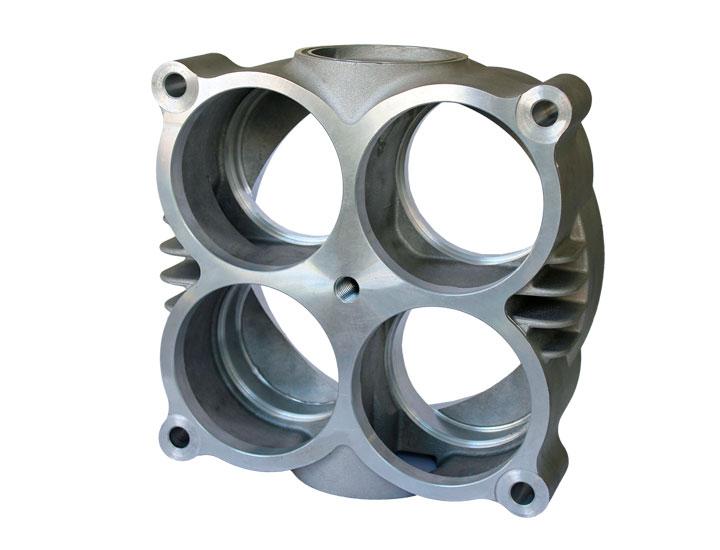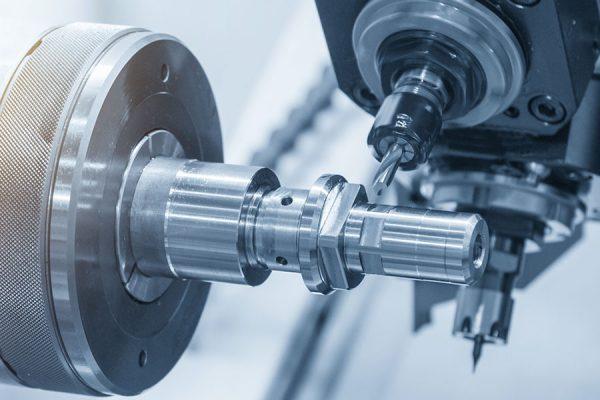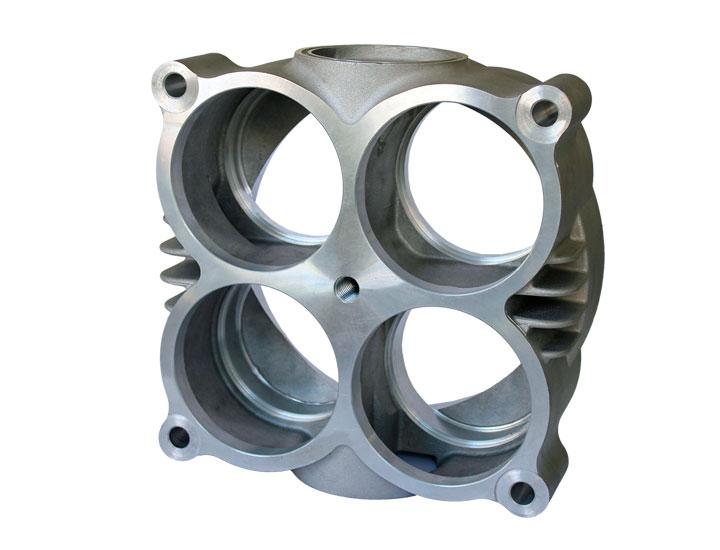The Foundations of a 5-Axis CNC SystemMachining
The process of simultaneously moving cutting tools or parts along five axes is referred to as 5-axis machining, and it is performed with the assistance of a computer numerical control, or CNC. The cutting tool rotates continuously along all axes, ensuring that the cutting edge is always aligned perpendicular to the component it is working on. Using this method, you will be able to machine a wide variety of intricate components.
The Advantages of Using a 5-Axis CNC Machining Center
The following categories best describe the advantages of 5-axis CNC machining:
Single Setup: Three-axis machines require multiple setups, which can lead to incorrect alignments, higher costs, and other errors. Single setup machines only require one configuration. You have the ability to machine complicated shapes with just a single setup when you have 5-axis machining, which increases productivity, saves time, cuts costs, and eliminates the possibility of operator error.

Shorter Cutting Tools: Five-axis machining gives you the ability to lower the head and orient the cutter in the appropriate direction, both of which allow you to use shorter cutting tools. This allows for higher cutting speeds to be achieved without putting an excessive amount of strain on the cutter. Cutting tools that are shorter reduce the vibrations caused by the tool, which can lead to the formation of cavities and cores. Because 5-axis machines have lower levels of vibration, the surface finish they produce is superior.
Components That Would Normally Require Casting This method enables you to machine components that are extremely complex and would otherwise require casting. Instead of waiting several months for the casting process to be completed, you will only have to wait a few weeks to have your parts machined if you are working with small runs or prototypes.
You are able to maintain a constant chip load and the optimal cutting position, which improves both the cycle time and the life of the tool. This results in a longer overall tool life.
Drilling Holes: Five-axis machining gives you the ability to drill a number of holes in a short amount of time at a variety of different compound angles. This will save you a significant amount of time, as if you were to use a three-axis machine, you would have to change the setup for each hole individually.
The capacity to tilt the table or cutting tool in order to avoid collisions with the holder of the tool is referred to as collision avoidance.
These helpful attributes have led to the adoption of this manufacturing process by a greater number of industries, despite the fact that it is most commonly used in the aerospace industry. Oil and gas, medical, alternative power, and compressor manufacturing are some of the industries that will benefit from this process.
A Breakdown of Each of the Five Axes
There is a possibility that you are already familiar with 3-axis machining. If you aren't familiar with it, it's a machine that moves in a horizontal direction along the X-axis, in a vertical direction along the Y-axis, and in a back-and-forth motion along the Z-axis. The tilting table (on the A-axis) and the table rotation (on the C-axis) are the two additional axes that come with 5-axis machining.
Machining on five axes can be configured in various ways.
There are primarily two different configurations that can be used for 5-axis machines:
These machines utilize the rotary axes by rotating the spindle, giving them the name "swivel-rotate style."Because the table is maintained in a horizontal position throughout the process, this style is ideal for the machining of heavier components.
Trunnion-Style: Trunnion machines have moving tables, which is beneficial for machining large volumes because there is no space being taken up by a spindle. This is because a trunnion machine does not have a spindle.
The particular kind of machine that is used is determined by a variety of aspects of your work, such as the quantity of completed products and the weight of the individual components.
Reasons Why 5-Axis CNC machining Should Be Your First Choice
In the event that you are debating between 3D printing, 3+2-axis machining, and 5-axis machining, there is no question in my mind that you will go with 5-axis machining if you place a high priority on both productivity and quality. When compared to the other two processes, this one is on par with eating a frozen turkey dinner instead of a traditional Thanksgiving feast. The following are some of the reasons why 5-axis machining is superior:
The fundamental distinction between 5-axis and 3D printing lies in the fact that 5-axis is a subtractive process, whereas 3D printing is an additive process. This is the most important distinction between the two. These two methods of production are at their most effective when they cooperate with one another and build off of one another's strengths. It is not possible to substitute one method for another in any meaningful way. If you have complicated parts, a wide variety of materials, and a significant amount of work to do, then 5-axis is the best option for you. On the other hand, you might be able to design certain components with the help of 3D printing.
5-axis vs. 3+2 axis:The distinction between 3+2 axis machining and 5 axis machining might appear to be difficult to make at first glance. Machining on 5 axes can be done continuously, whereas 3+2 axis machining, also known as 5-axis indexed machining, needs to be stopped and started periodically. Machining on five axes offers a less complicated and quicker approach to achieving the same or even better results.
Machining on five axes is the method of choice when the goals are to achieve the highest quality and greatest efficiency. While there is a time and a place for every manufacturing process,

